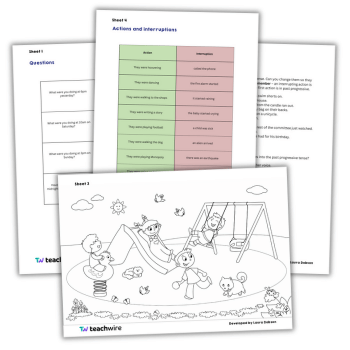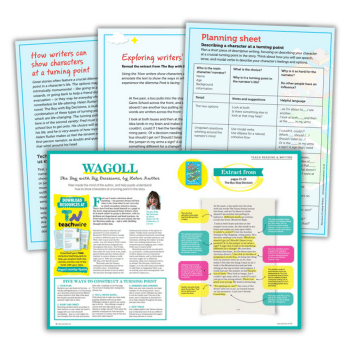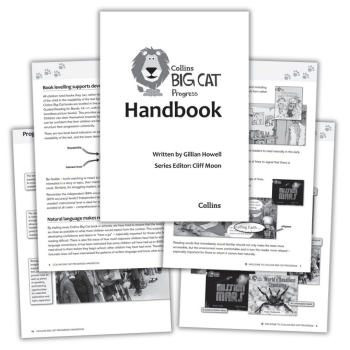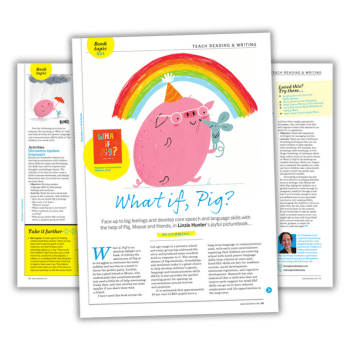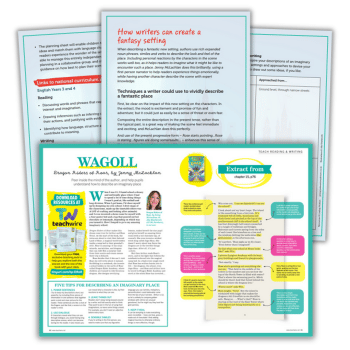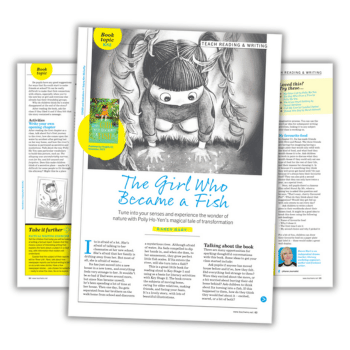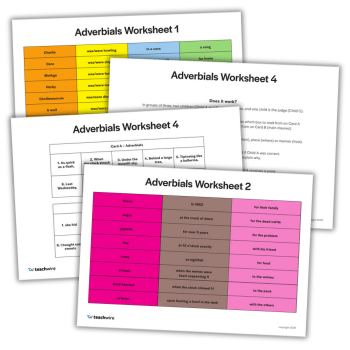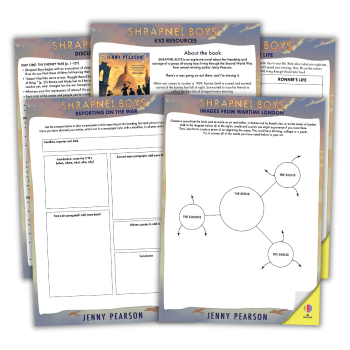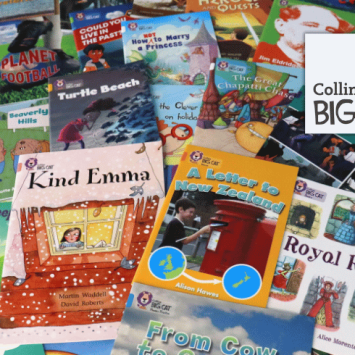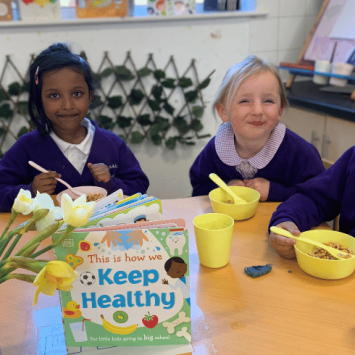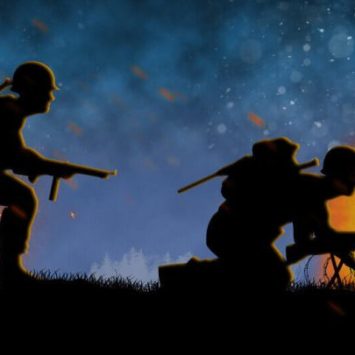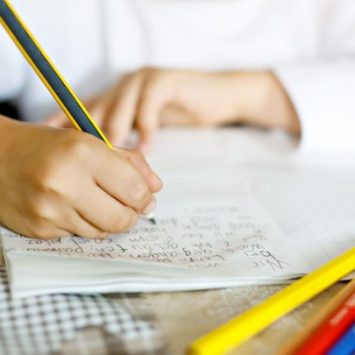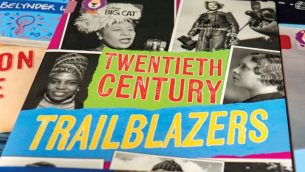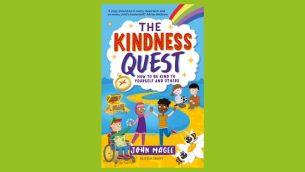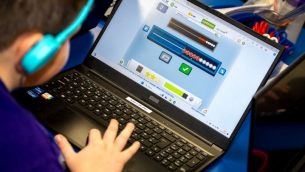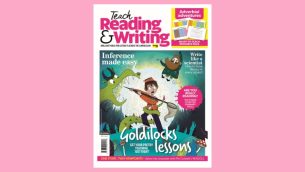Primary English
Are you looking for primary resources to use in English lessons? We’ve got heaps of lesson plans, ideas and worksheets, aligned to the English primary national curriculum – perfect for both KS1 English and KS2 English. Teaching fronted adverbials or the key features of an explanation text? Find an expert resource here to help.
Explore Primary English
Free Primary English Resources
Primary English CPD Downloads
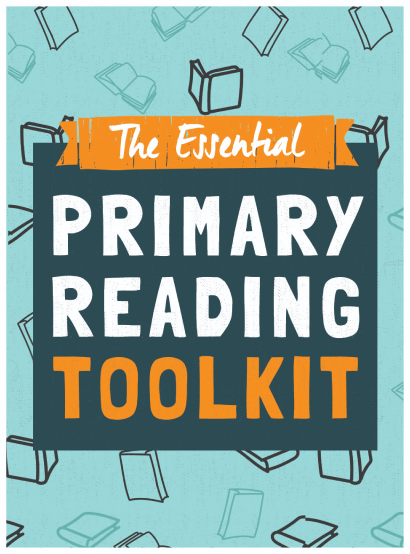
Discover creative lesson activities and innovative teaching practices in this CPD box set full of ideas for boosting reading ... more
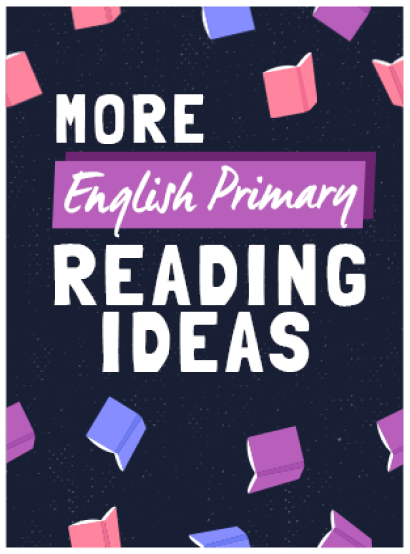
Download our free CPD pack and learn how to improve guided reading and pupils’ fluency and comprehension
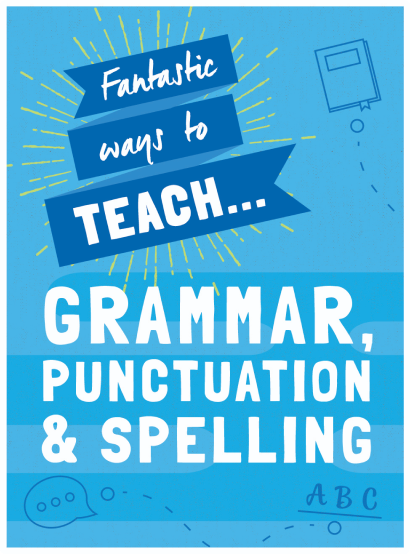
Tune up your grammar lessons with great ideas and teaching techniques from experts such as Dr David Waugh, Jane Andrews and C... more
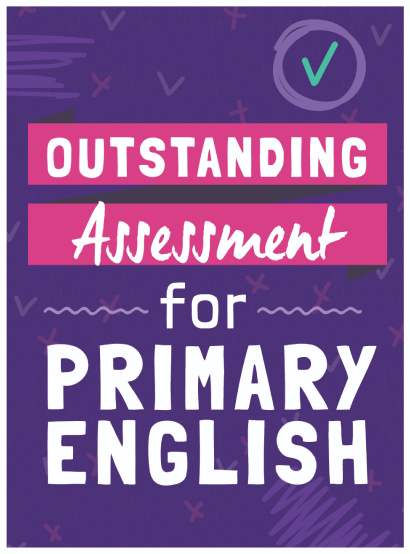
Boost progress in primary English with our free eight-part guide to outstanding assessment




